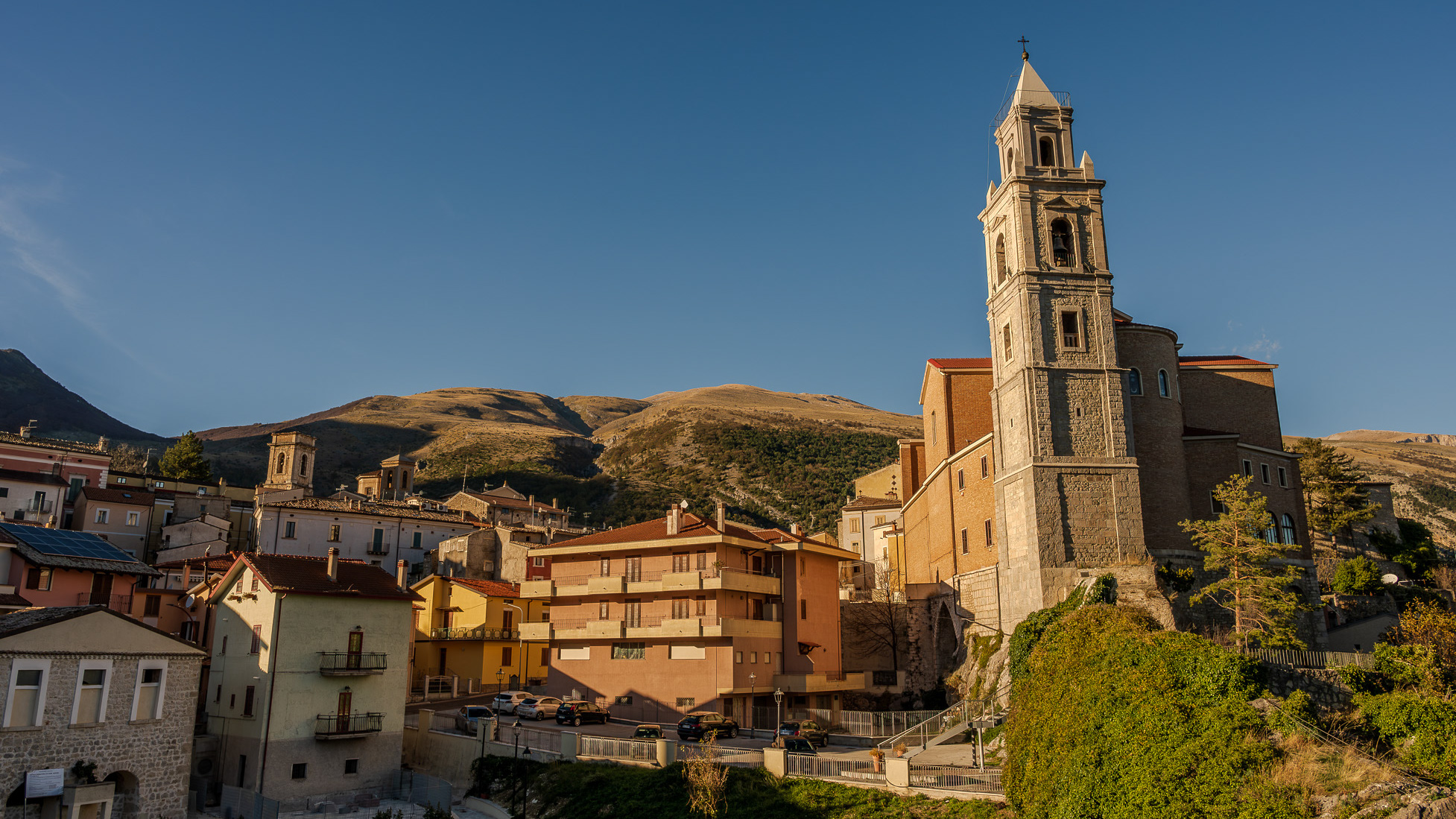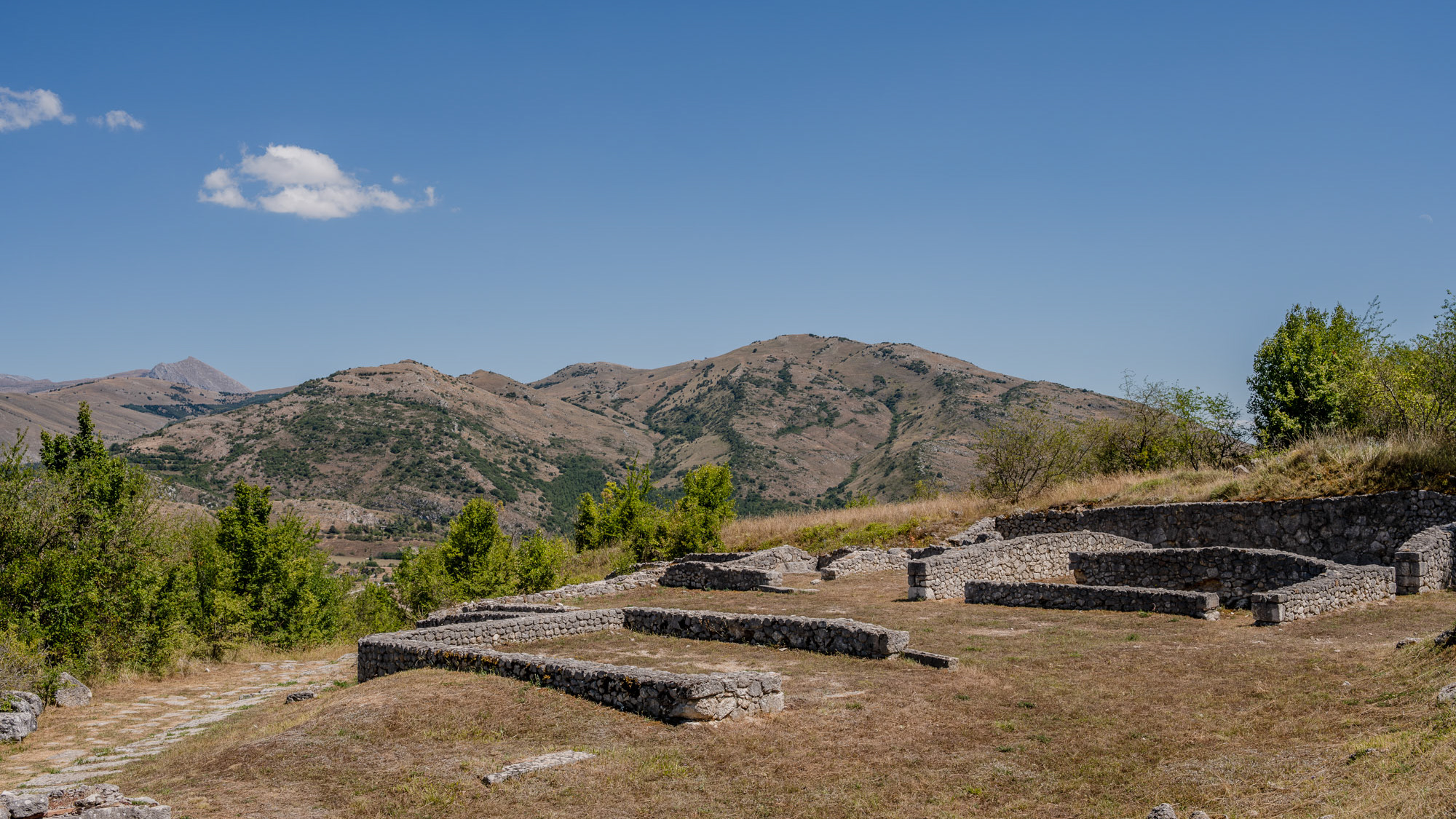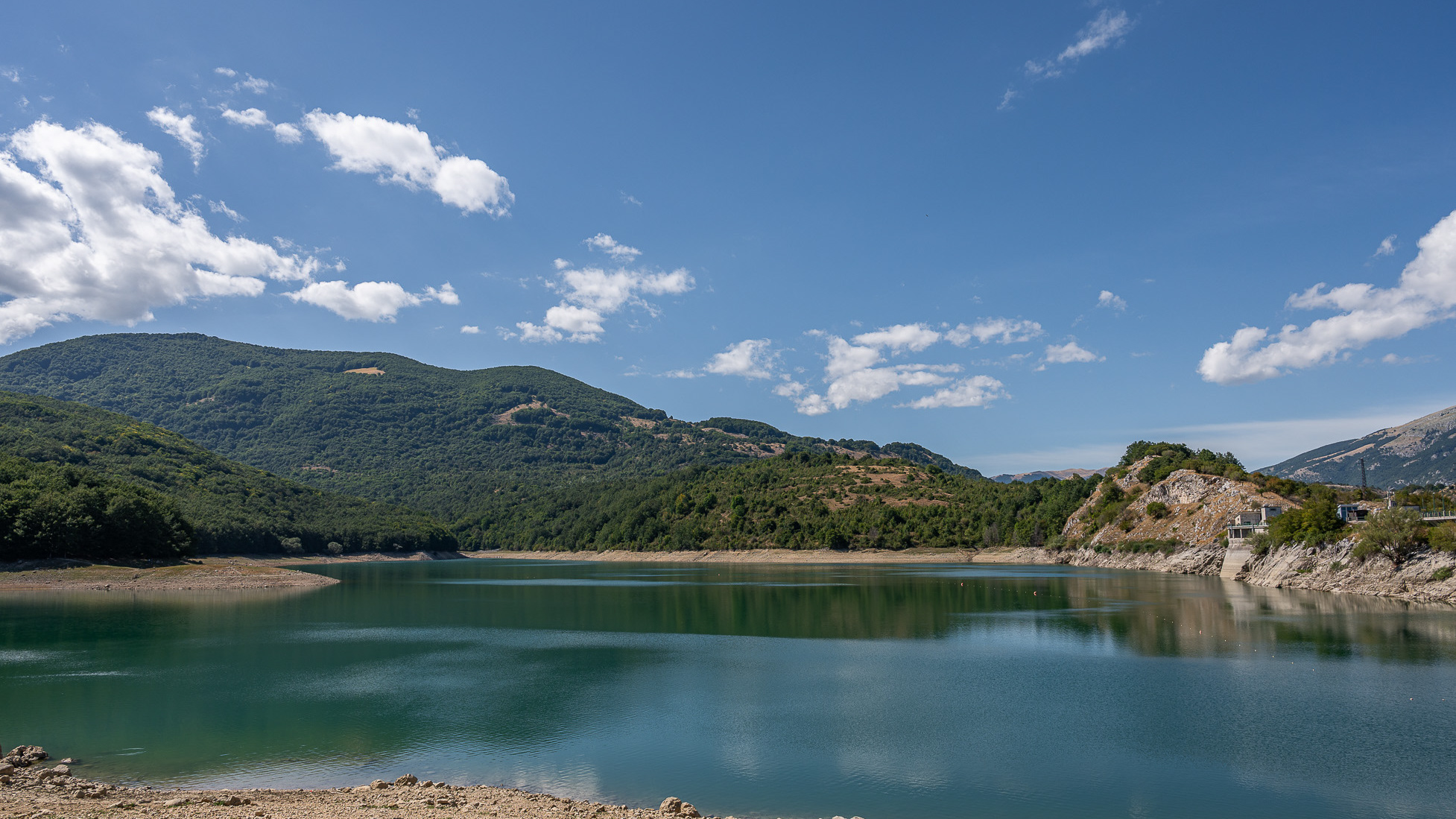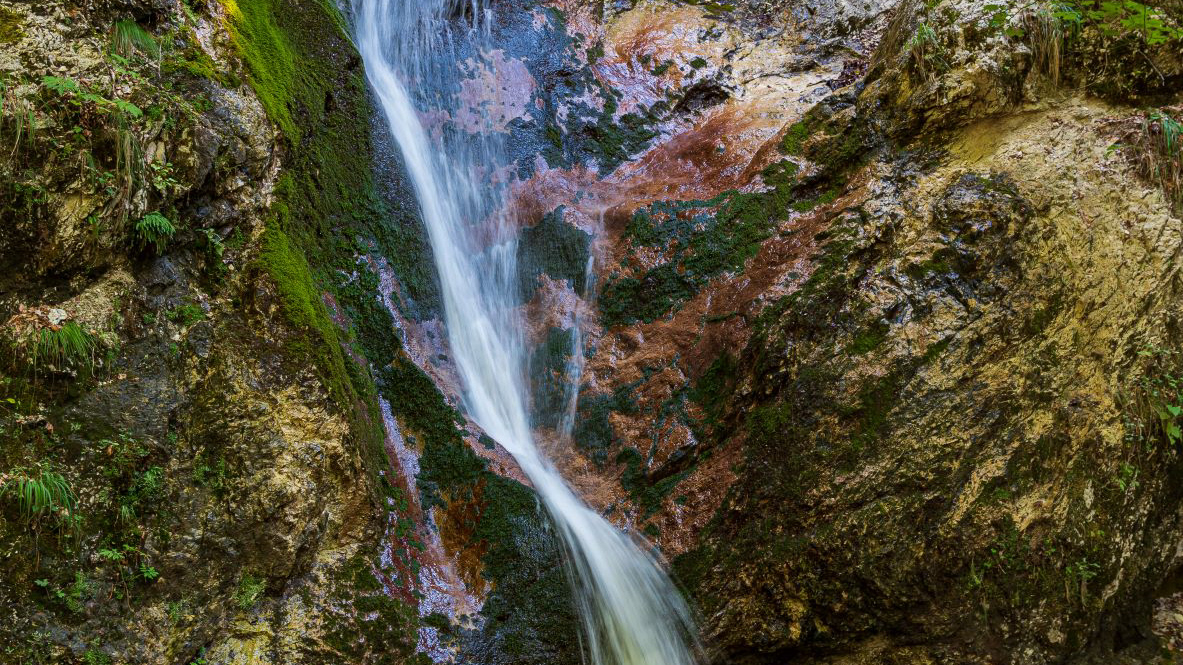Abruzzo, Italy. Spectacular sunrise.
2022
You may also like

2016
The Lake of Scanno (AQ)
Lake Scanno, belonging for three quarters to the municipality of Villalago and for a quarter to that of Scanno, is located in Abruzzo, in the lower province of L'Aquila, between the Marsicani Mountains, in the upper valley of the Sagittario river, which originated for a ancient landslide that broke off from Mount Genzana above, between 12,820 and 3,000 years ago, which blocked the river Tasso.

2023
Palena. Glimpses of autumn
Palena is an Italian municipality of 1,224 inhabitants in the province of Chieti in Abruzzo, and is the seat of the union of the eastern Maiella-Verde Aventino mountain municipalities.

2018
Sulmona (AQ)
Sulmona (formerly Sulmo, Sulmóne in Abruzzo) is an Italian town of 24 076 inhabitants in the province of L'Aquila in Abruzzo. It is the third most populous municipality in the province (behind L'Aquila and Avezzano) and the eleventh in the region. Located in the heart of Abruzzo, close to the Majella National Park, Sulmona is known worldwide for its centuries-old tradition in the production of sugared almonds. It is also the bishopric of the homonymous diocese Sulmona-Valva. Formerly oppidum of the Peligni, later a Roman municipality, in 43 BC. Sulmo was the birthplace of the Latin poet Publio Ovidio Nasone. In the Middle Ages, by the will of Frederick II, it was from 1233 to 1273 the seat of the execution of Abruzzo. It is among the cities decorated with military valor for the war of liberation, awarded the Silver Medal for the sacrifices of its populations and for its activity in the partisan struggle during the Second World War.

2022
Isola del G. Sasso d’I. San G. dell'Addolorata
The sanctuary of S. Gabriele dell'Addolorata is a sanctuary of the Catholic Church located at the foot of the Gran Sasso d'Italia, in the municipality of Isola del Gran Sasso d'Italia.

2024
Archaeological site of Alba Fucens
Alba Fucens is a site that arose in the 4th century BC in an elevated and well-fortified position, on approximately 34 hectares at 966 m above sea level, on the slopes of Mount Velino in Abruzzo.

2024
Spectacular landscapes and views 2024

2023
Alfedena. The Montagna Spaccata lake
The Montagna Spaccata lake is a small artificial lake on the southern borders of Abruzzo. It is located entirely in the province of L'Aquila, in the municipality of Alfedena.

2021
La Camosciara Nature Reserve.
La Camosciara is an extensive nature reserve with trails for experienced hikers and beginners, suggestive views and wildlife. It is an integral part of the Abruzzo, Lazio and Molise National Park
2022
Lanciano. Seat of the Eucharistic Miracle
The church of S. Francesco or sanctuary of the Eucharistic Miracle is annexed to the homonymous convent of the Friars Conventual. It contains the famous relics of the Eucharistic miracle of Lanciano.
2022
Abruzzo, Italy. Spectacular landscapes
Abruzzo is an Italian region located east of Rome, between the Adriatic and the Apennines. The hinterland is mostly made up of national parks and nature reserves. The region also includes medieval and Renaissance villages perched on the hills. The regional capital, L'Aquila, is a city surrounded by walls, damaged by the earthquake of 2009. The Costa dei Trabocchi, with its sandy coves, takes its name from the traditional fishing jetties.
